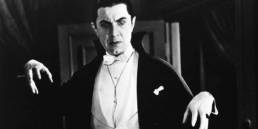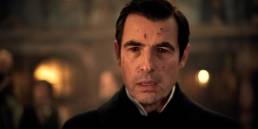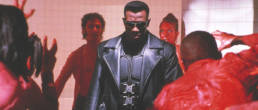
Leaving the vintage vampire behind, I thought I’d start this piece with a trigger warning: the Nineties and the Naughties are equal parts wonderful and terrible for the bloodsuckers. In certain regions, they’re even… sparkly. Nevertheless, I shall swallow my ‘puritanical’ pride and continue enriching this compendium with other fangers brought forth by film and TV over the past three decades as we pick up where we left off.
In fact, consider this second volume to be a bittersweetly fragranced potpourri of the good, the bad, and the highly marketable but terrible vampires—yes, I’m looking at you, Edward. All harmless jabs aside, however, a current can be easily observed beginning with the Nineties, and it’s mostly due to Warner’s intelligent move to dramatize Anne Rice’s ‘Interview with the Vampire’ bestselling gothic fantasy novel.
It was a turning point for the onscreen vampire as it morphed into the disarming yet deadly seducer that glamours our pants off. The sexy leather-and-white-ruffle-clad brooding romantic whose sadness is meant to discourage us from dreaming of immortality—yet we only end up wanting it more.
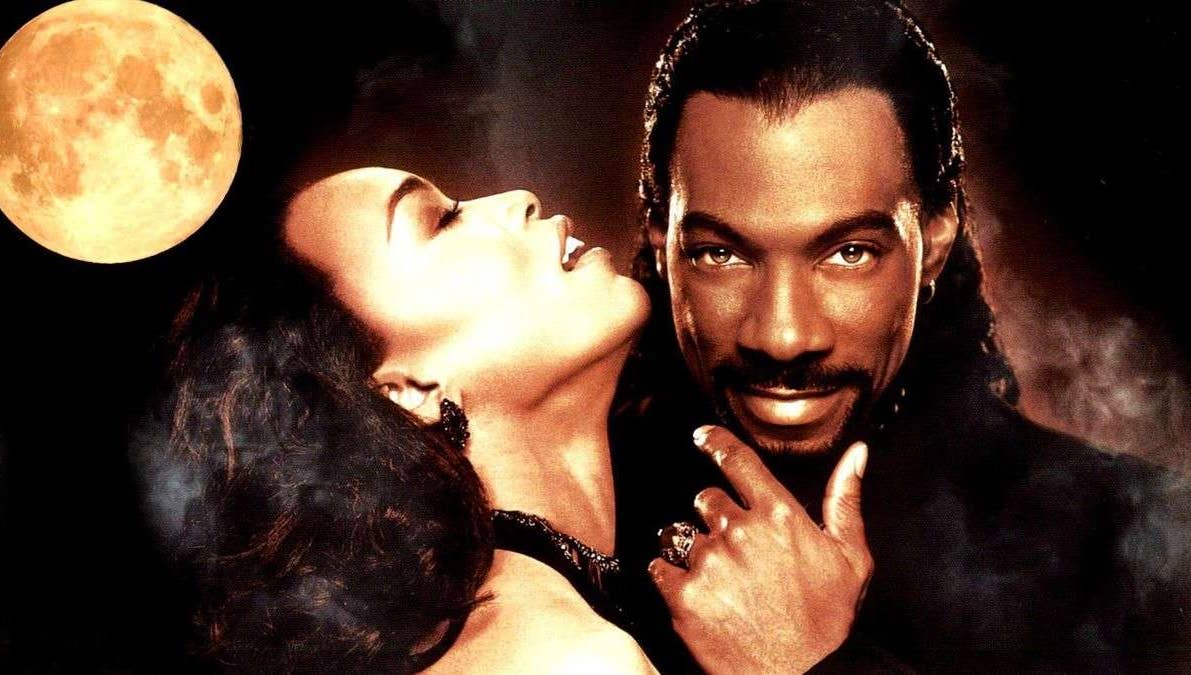 ‘VAMPIRE IN BROOKLYN’ (1995), ©PARAMOUNT PICTURES
‘VAMPIRE IN BROOKLYN’ (1995), ©PARAMOUNT PICTURES
Tom Cruise Like You’ll Never See Him Again
First and foremost, all hail to the queen of vampires, Anne Rice. It’s only fitting that the coming decade be crowned with an upcoming series based on her ‘The Vampire Chronicles’ novel series. She spruced up the 1990s, after all. She might as well save the 2020s.
If there is one form of the vampire that most may agree on as a classical, it is definitely ‘Interview with a Vampire: The Vampire Chronicles’, adapted for the screen by Ms Rice herself and directed by Neil Jordan. Other films based on her writings have fallen short of the source materials, but this one not only endures, it has become a precious page of vampire lore. And how could it not, when it shamelessly indulges in the talents of ridiculously young and thirsty Tom Cruise and Brad Pitt?
The story of Louis and Lestat, joined here by the eternal child Claudia (Kirsten Dunst) and the notorious Armand (Antonio Banderas), will never cease to cause wonder and melancholy, as it is ripe with weirdness and dark romance, with guilt and longing, with heart-breaking solitude and bone-crushing rage. Nothing tramples through the emotional spectrum harder than a Vampire Chronicles protagonist.
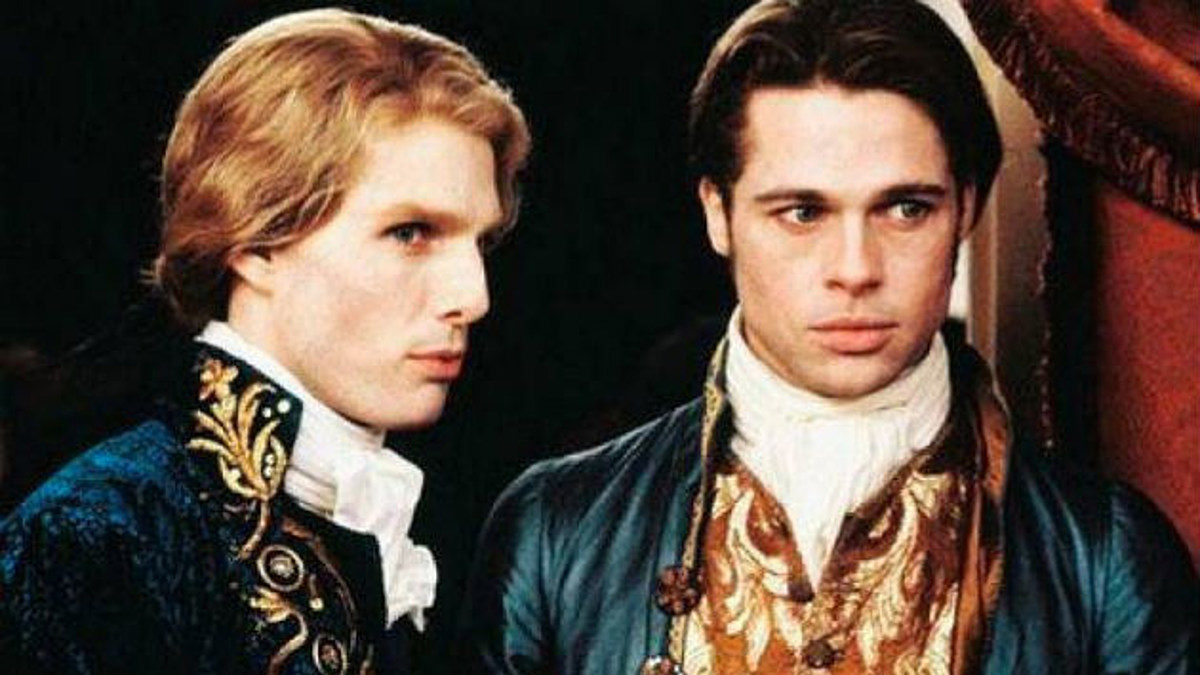 ‘INTERVIEW WITH THE VAMPIRE: THE VAMPIRE CHRONICLES’ (1994), ©WARNER BROS.
‘INTERVIEW WITH THE VAMPIRE: THE VAMPIRE CHRONICLES’ (1994), ©WARNER BROS.
Robert Rodriguez Does Vamps
You might remember that Robert Rodriguez underwent voluntary drug testing sessions to fund his first movie, ‘El Mariachi’ (1992). Just four years later, the visionary director added his own version of vampires to this marvellous compendium with ‘From Dusk Till Dawn’, starring George Clooney and Quentin Tarantino.
It’s the two-movies-in-one-gritty-experience that ‘Grindhouse’ (2007) could have been, as the first half follows two brothers and bank robbers on a spree headed south of the border, and the second half brings them to the Titty Twister, which turns out to be a vampire coven—anyone alive that is caught in this place must fight until dawn if they wish to survive.
Harvey Keitel’s ministerial presence and Juliette Lewis’s virginal innocence form a robust contrast with the Gecko brothers’ murderous tendencies and the club’s lethal seductress portrayed by Salma Hayek. ‘From Dusk Till Dawn’ glorifies the violence of night demons and humans alike, but not without a pinch of guilt—just enough to remind the Gecko brothers (alongside the viewers, of course), that for all its appeal, immortality is not without a price. Based on a story by Robert Kurtzman and written by Quentin Tarantino, the film was later made into a series by Rodriguez, which spanned three seasons.
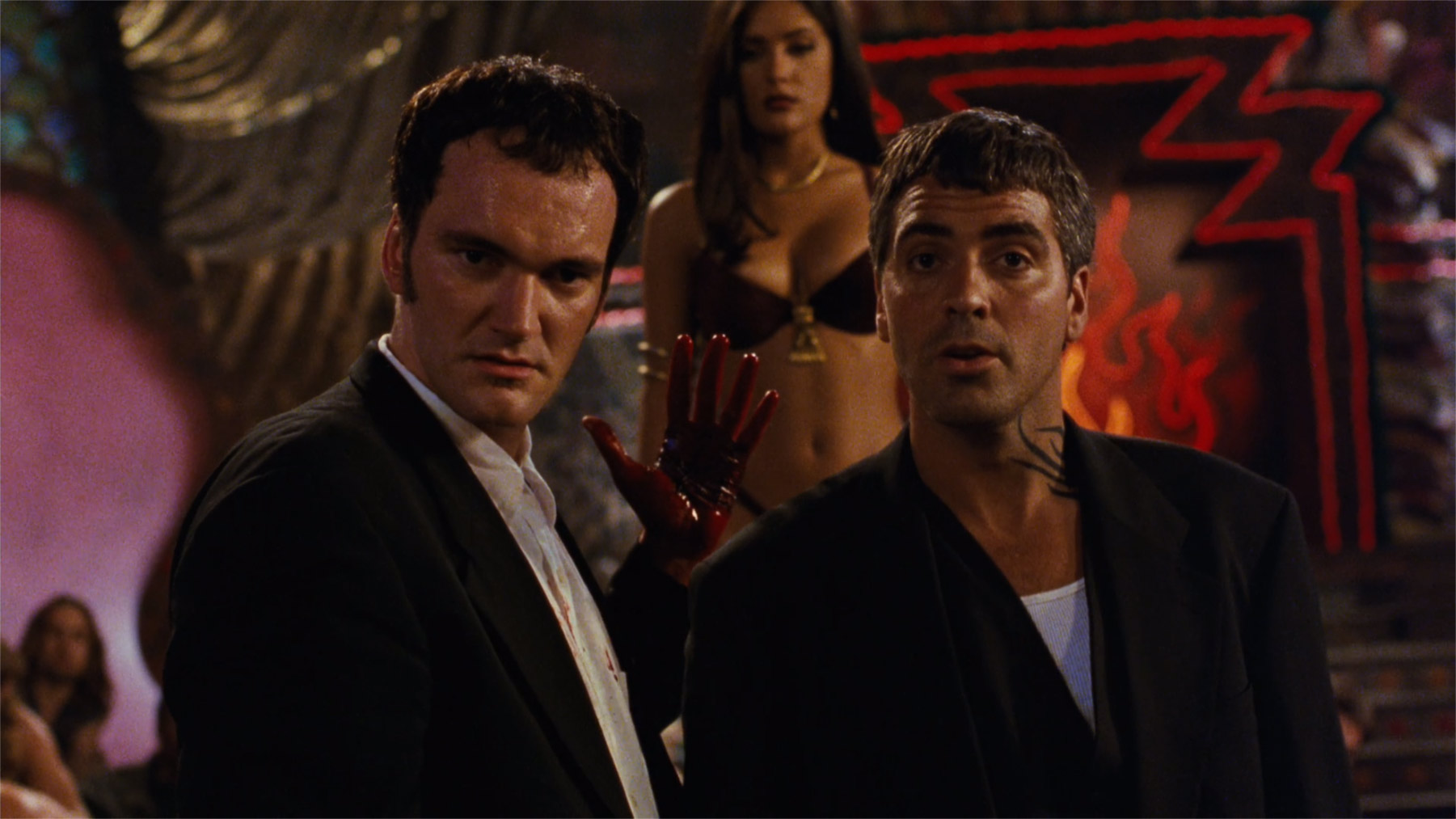 ‘FROM DUSK TILL DAWN’ (1996), ©DIMENSION FILMS
‘FROM DUSK TILL DAWN’ (1996), ©DIMENSION FILMS
The Blade That Changed Everything
Before the CGI-riddled superhero sagas from Marvel and DC, Hollywood made room on its roster for David S. Goyer’s take on the comic antihero known as Blade. With Stephen Norrington directing and Wesley Snipes as the iconic half-vampire-half-human vigilante, ‘Blade’ (1998) broke a lot of boundaries and pushed the bloodsuckers’ genre into previously uncharted territory.
The screenplay established the ‘gritty but realistic’ allure that later delivered ‘The Dark Knight’ trilogy and ‘Man of Steel’ (2013), and it offered vampires as bloodthirsty fiends that simply asked for a proper beheading. Blade himself was an interesting take, since his human side allowed him to walk in the daylight.
Defined by athletic spectacle and a festival of hacking, slashing and slicing, ‘Blade’ recorded a tremendous commercial success that later grew into a trilogy—the third installment helped Ryan Reynolds and Jessica Biel grow out of their ‘Van Wilder: Party Liaison’ (2002) and ‘7th Heaven’ (1996-2006) childlike ruts, respectively. Blade was the first of his kind, and none have been able to replace him.
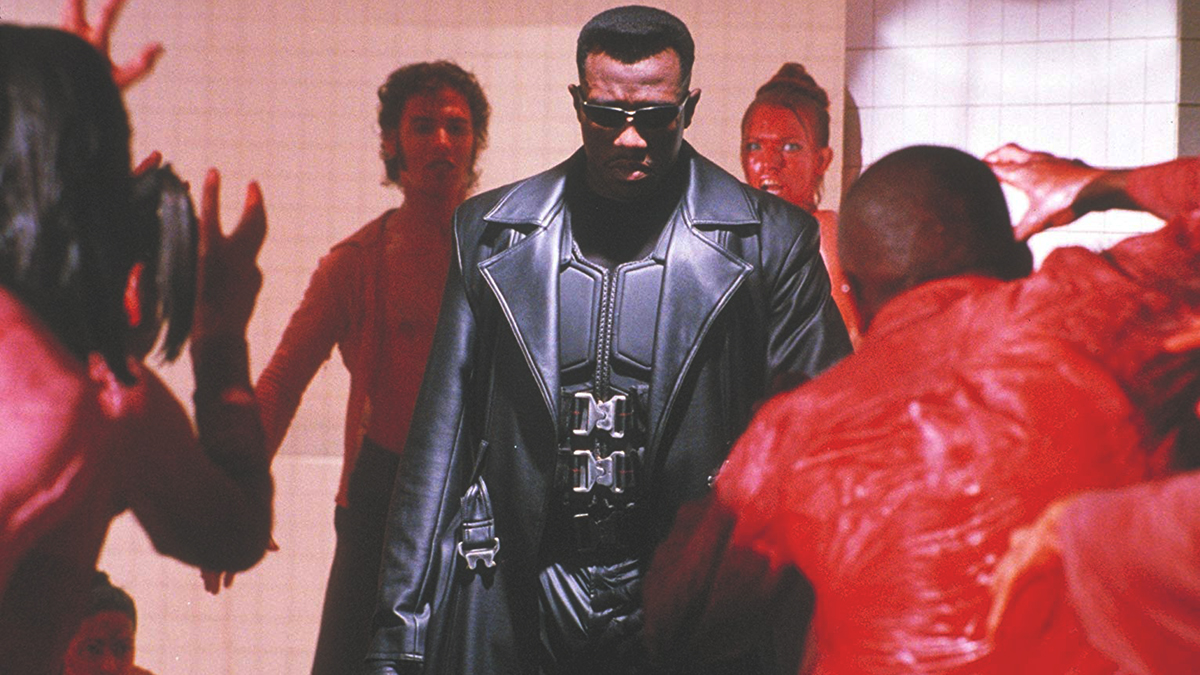 ‘BLADE’ (1998), ©MARVEL ENTERPRISES
‘BLADE’ (1998), ©MARVEL ENTERPRISES
Vampire Children and Glittering Bloodsuckers
The year 2008 was a complicated one for the purposes of this compendium, which is why I find more value in cramming two films in a single, wholehearted breath. ‘Let the Right One In’, Tomas Alfredson’s Swedish bloody fantasy changed the way we looked at vampire. Written by John Ajvide Lindqvist, this particularly unsettling story focuses on the friendship between Oskar, a shy and bullied 12-year-old, and Eli, his pale and mysterious new neighbour.
Bonded by their darker sides, Oskar and Eli form a friendship as they reveal their true natures to one another. Despite its ‘bloody Valentine’ vibe, ‘Let the Right One In’ carries itself with a warm conclusion and just a pinch of infantile sweetness.
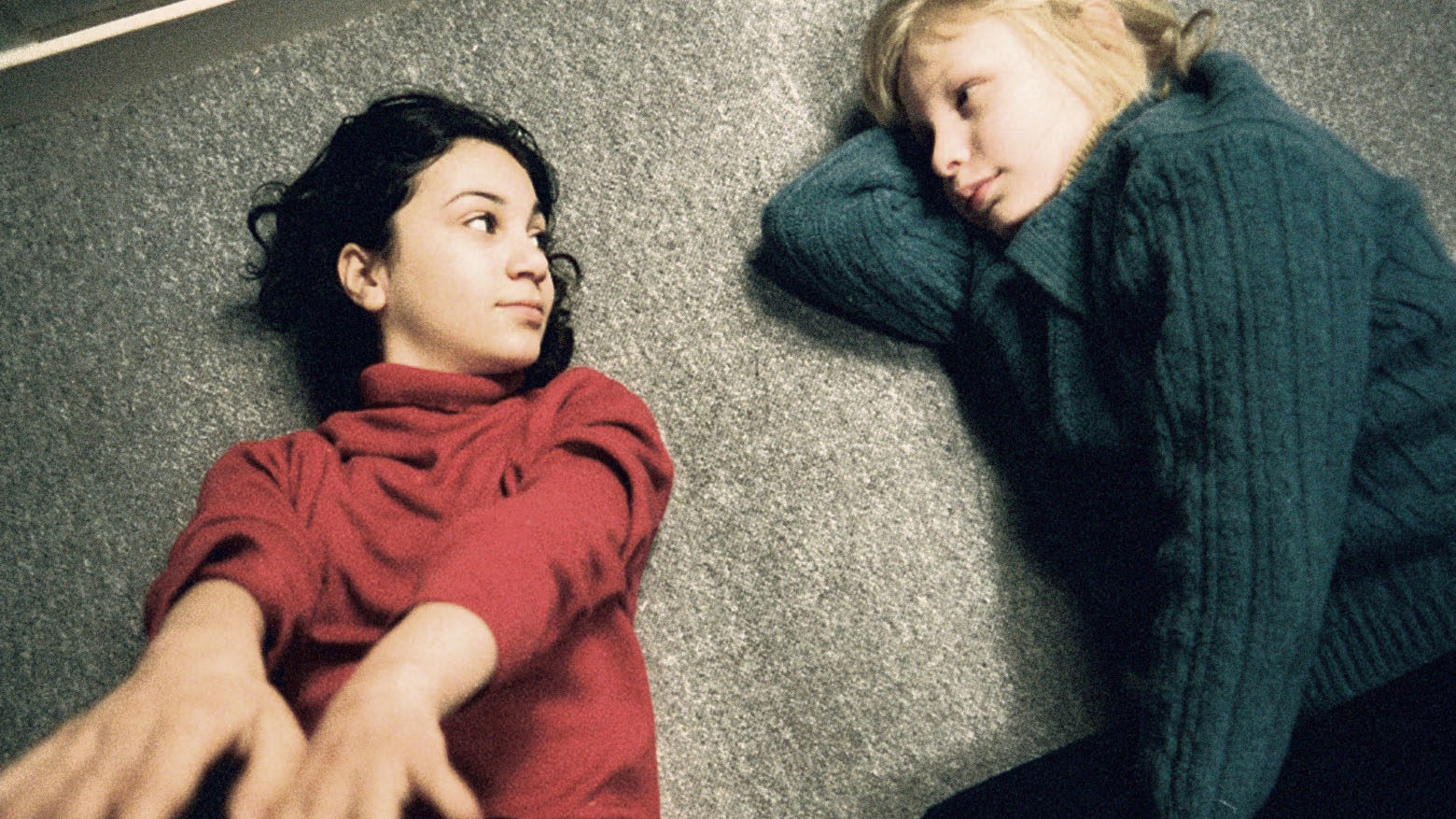 ‘LET THE RIGHT ONE IN’ (2008), © EFTI/FILMPOOL NORD
‘LET THE RIGHT ONE IN’ (2008), © EFTI/FILMPOOL NORD
But nothing was more impactful on vampire culture than ‘Twilight’, of all silver screen creations. Oh, ‘Twilight’. While I hate the franchise with the fire of a thousand suns, credit must be given where it’s due. Regardless of its underwhelming vampiric representation and gothic-bubblegum aesthetic, Catherine Hardwicke’s cinematic take on the Stephenie Meyer novels rightfully earned its place in this collection devoted to fanged dazzlers.
Kristen Stewart and Robert Pattinson were too young and their characters too superficially written to make an individual lasting impact. The storyline itself was predictable, at best, and clotted with clichés. But ‘Twilight’ gave the world a new kind of vampire—the kind that conquered a new generation and brought young people back to reading fantasy. Obviously, there were better tales deserving of such attention, but ‘Twilight’ changed the market altogether, becoming a starting point as readers and viewers alike grew and moved on to greater titles.
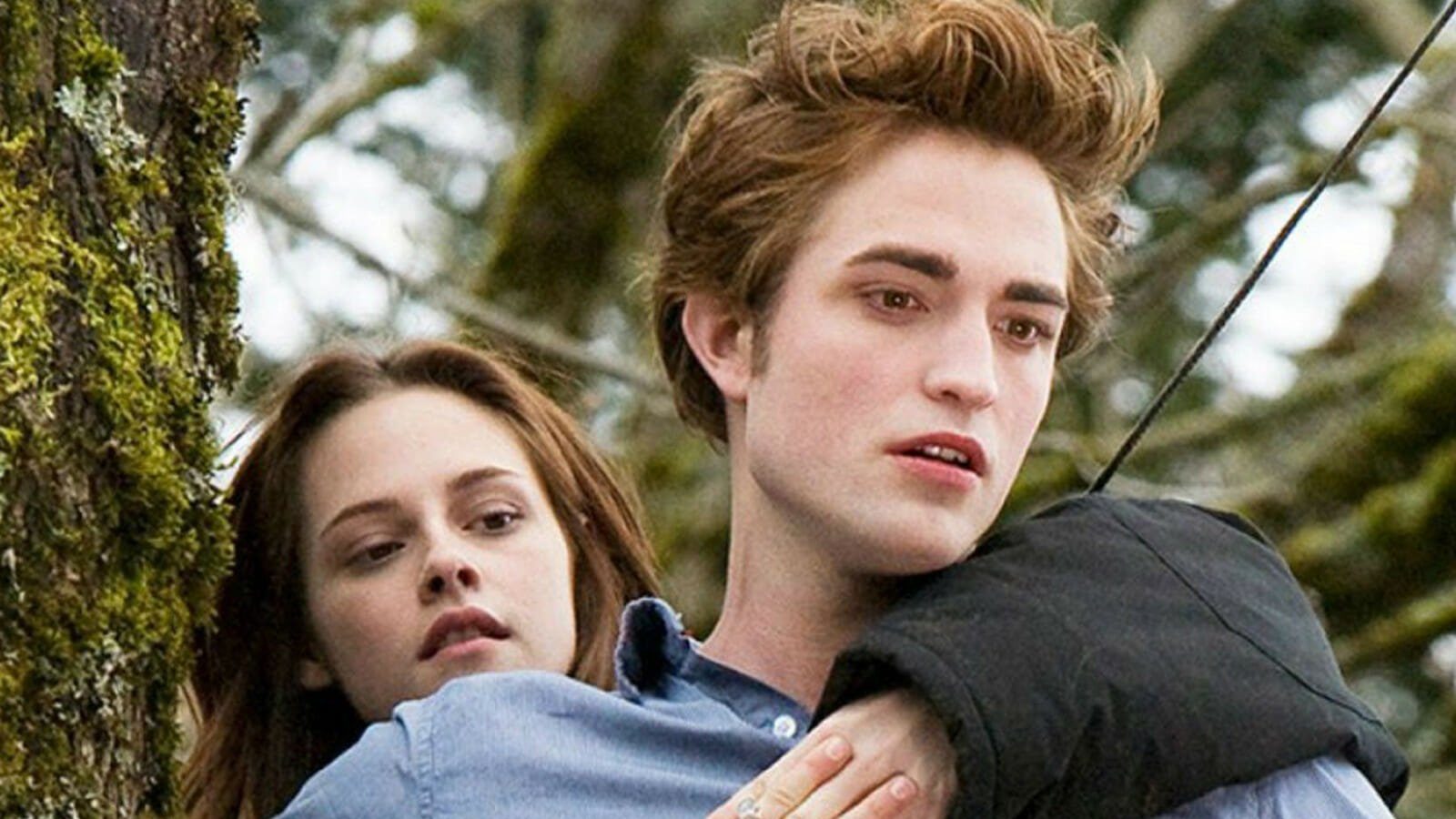 ‘TWILIGHT’ (2008), ©SUMMIT ENTERTAINMENT
‘TWILIGHT’ (2008), ©SUMMIT ENTERTAINMENT
Korean-Style Fangers
Having been accustomed to the unpredictable yet poetic violence of Park Chan-wook’s ‘Oldboy’ (2003) and ‘Sympathy for Mr Vengeance’ (2002), I wasn’t exactly shocked by the concept of ‘Thirst’ (2009). I was, however, blown away by the stylistic execution and flawless character design. Inspired by Émile Zola’s ‘Thérèse Raquin’, Mr Park’s horror fantasy follows a priest who is afflicted by vampirism and forced to remove himself from his ascetic ways while developing a sexual affair with the woman he feeds on.
Better known for his storytelling formula that blends brutality and controversy with light-hearted humour, the South Korean director pushed his method into a whole new realm through ‘Thirst’, a thought-provoking take on the colossal yet versatile vampire. Playing with gender roles and subversive editing, this particular bloodsucker’s tale is as ravishing as it is satyrical. Double points for Mr Park!
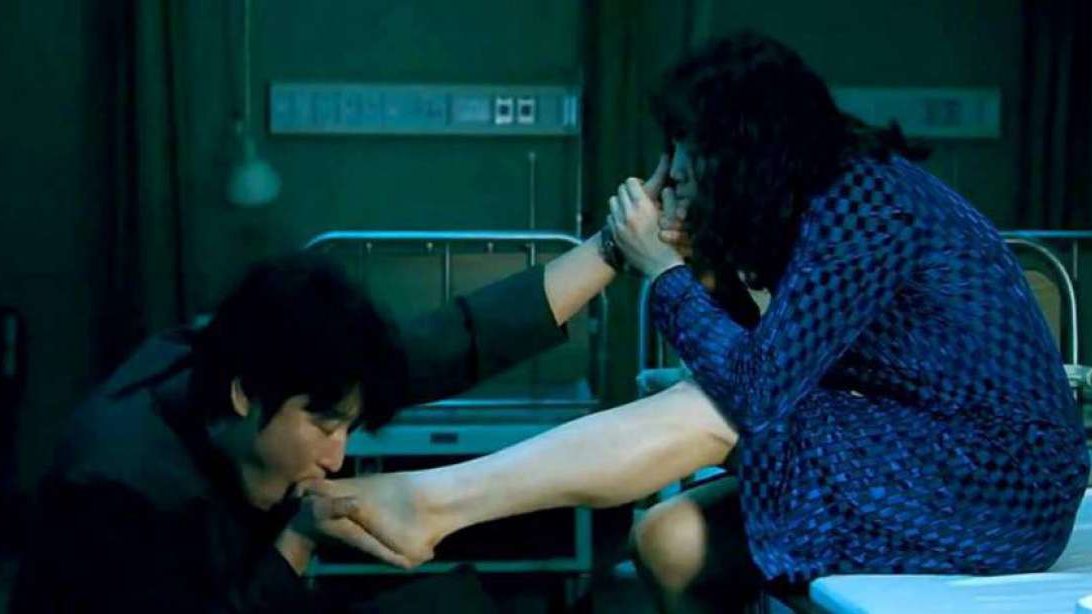 ‘THIRST’ (2009), ©FOCUS FEATURES INTERNATIONAL
‘THIRST’ (2009), ©FOCUS FEATURES INTERNATIONAL
The Impoverished Vampire
Fast-forward to 2012, when Neil Jordan returned to the vampiric realm with ‘Byzantium’, starring the inimitable Saoirse Ronan and the severely underrated Gemma Arterton. Unlike most vampire stories, this visually astonishing yet coolly detached film does offer a polite nod to the director’s first foray with ‘Interview with the Vampire’. Unlike its more romantic predecessor, ‘Byzantium’ presents vampires not as elite charmers of the night, but as the necessitous or even downright beggarly creatures of a lower class.
Ronan’s protagonist feeds only on the blood of those that are already dying, while her mother, Arterton’s Clara, is an equal parts tragic and inspiring being—the former because she still makes a living as a prostitute, and the latter because she chose to become a vampire in a time when such a transition was reserved exclusively for men. What makes ‘Byzantium’ truly stand out is Mr Jordan’s treatment of blood in each and every scene where it is featured. The elaborate displays of scarlet are impossible to look away from, and the tinge of feminism neatly tucked within the story cannot be ignored, either.
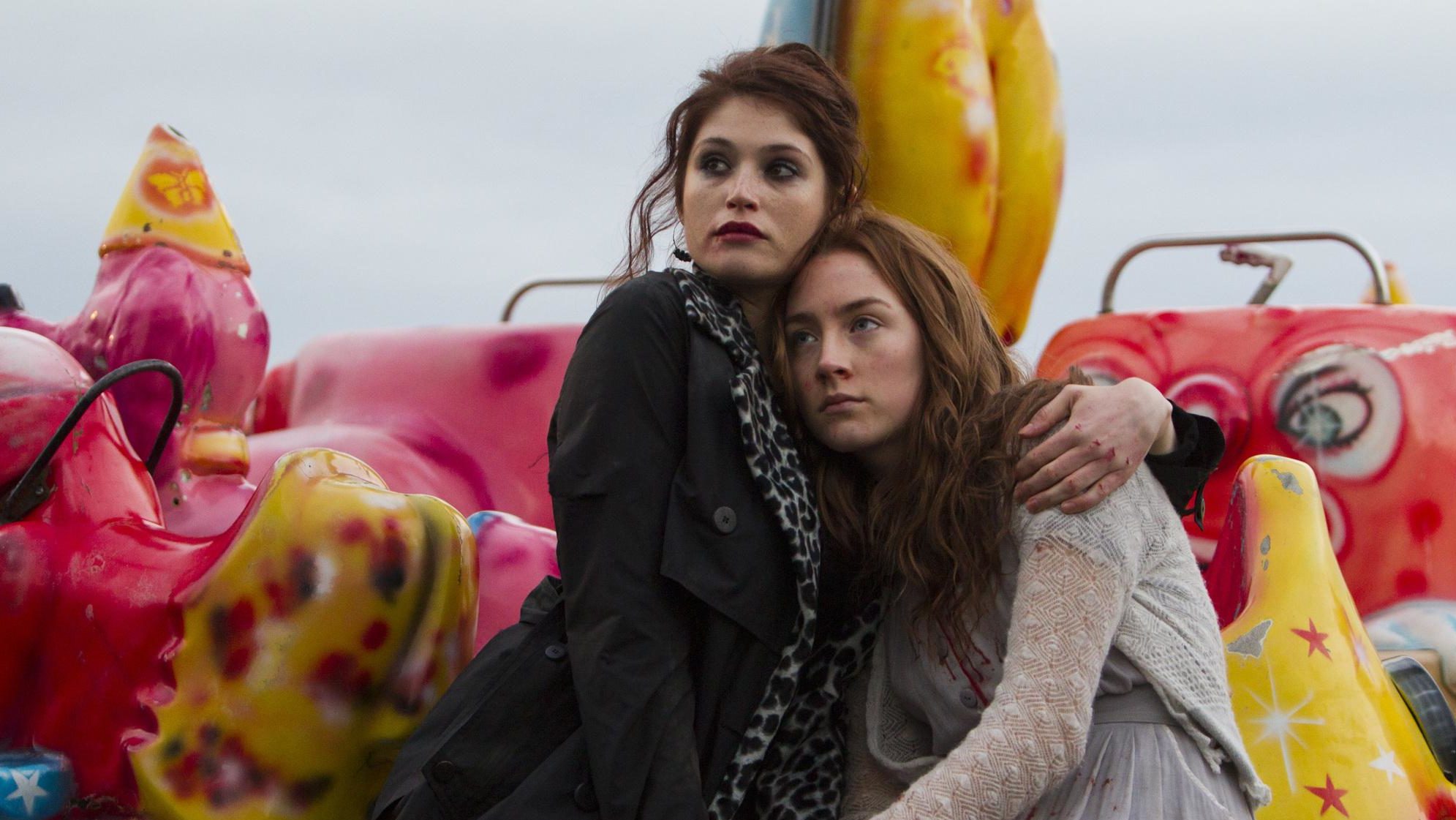 ‘BYZANTIUM’ (2012), ©DEMAREST FILMS
‘BYZANTIUM’ (2012), ©DEMAREST FILMS
The Bloody Double Whammy
Another great year for vampires was 2013. Jim Jarmusch made an artful comeback with ‘Only Lovers Left Alive’ in a time when the blood drinkers were already expanding their reputation throughout the television medium, as well. The American director’s treatment is superb, to say the least, as Tilda Swinton and Tom Hiddleston emerge after centuries of bohemian living—two splendiferous though rather different sides of a coin.
Hiddleston’s vampire is tired and despondent. Swinton’s vampire is hopeful and warm, eager to bring him out of the darkness of their neverending existence and into the light of… well, their neverending existence.
There is a flow of ideas happening in Mr Jarmusch’s movie. A love of life and an appreciation of mystery that doesn’t dwindle after hundreds of years of living. It’s an optimistic angle, sure, but it’s a most welcome setup. Among all the vampire productions included in this collection, I’d venture to say that ‘Only Lovers Left Alive’ is the most human, aiming to inspire and thrive, to encourage viewers to step into new realms and experience adventure. To never stop breathing and wondering and living.
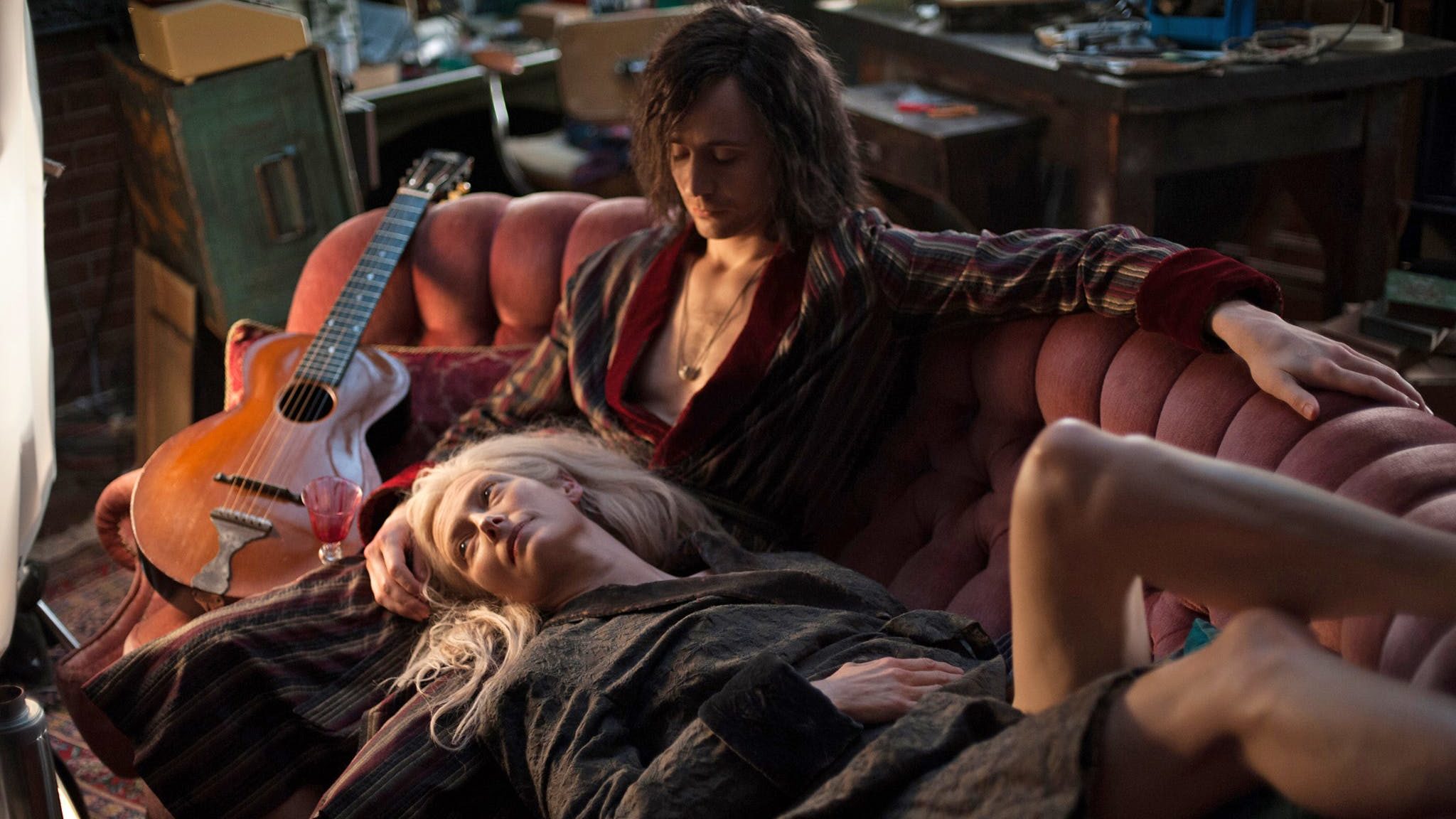 ‘ONLY LOVERS LEFT ALIVE’ (2013), ©RECORDED PICTURE COMPANY (RPC)
‘ONLY LOVERS LEFT ALIVE’ (2013), ©RECORDED PICTURE COMPANY (RPC)
And while on one hand we have this honey-like drizzle of vampirical romanticism, Jermaine Clement and Taika Waititi’s ‘What We Do in the Shadows’ (2014) comes as a most welcome dollop of humour—something we’ve not seen much of since Udo Kier’s Warholian vampire. In this 86-minute comedy, Clement and Waititi are joined by Jonathan Brugh and Ben Fransham as four fangers who were turned during different time periods. That leads to some hilarious conflicts of culture and personality, while the misery of eternal living persists somewhere in the background, much like an uncomfortable wart.
Deadpan mockumentary humour aside, ‘What We Do in the Shadows’ is a brilliant take on the vampire as it’s dragged out of its gothic pizzazz and thrust into the real world today, where dishes have to be washed and bouncers can refuse one’s entry into a nightclub. Perhaps too short in its feature form, the film did go on to evolve into an eponymous series helmed by Mr Clement. Can’t say I mind it. Not even a bit.
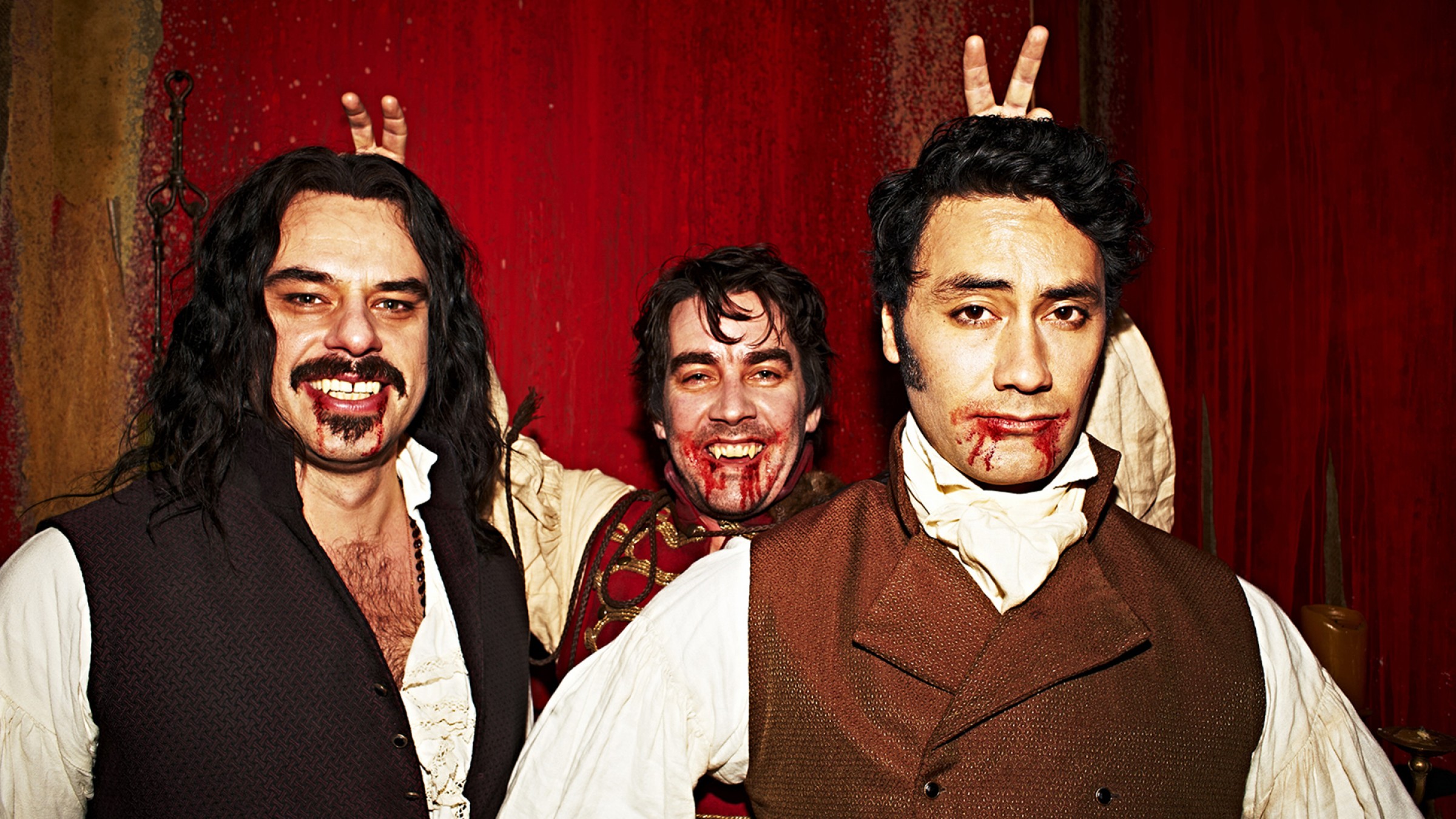 ‘WHAT WE DO IN THE SHADOWS’ (2014), ©UNISON FILMS
‘WHAT WE DO IN THE SHADOWS’ (2014), ©UNISON FILMS
The Vampire On TV
On the small screen, vampires have been wreaking havoc and building gargantuan fan bases on a weekly basis and across different age groups. From HBO’s ‘True Blood’ (2008-2014), based on Charlaine Harris’s ‘The Southern Vampire Mysteries’, which made everyone—absolutely everyone—fall head over heels with Alexander Skarsgård, to ‘The Vampire Diaries’ (2009-2017), which appealed to the young adult audience but then lost its vampire theme somehow between seasons 3 and 4, TV does not fall short in this uniquely diverse fantasy category.
‘True Blood’ was better because of its stellar cast—I shall never forget Nelsan Ellis as Lafayette, nor Rutina Wesley’s intensely broken Tara. ‘The Vampire Diaries’ made Ian Somerhalder into a household name, and I can unrepentantly state that those piercing blue eyes of his are pretty much the show’s only redeeming quality.
But before these vampires we had Spike and his weird-eyed cohorts in ‘Buffy the Vampire Slayer’ (1997-2003), and David Boreanaz’s iconic Angel that got his own spin-off with a darker and more mature treatment. We had the phenomenal Famke Janssen and Bill Skarsgård’s upirs in ‘Hemlock Grove’ (2013-2015), too, part of Netflix’s plunge into the vampire trend that dominated this sundowning decade. And ‘Being Human’ in both its UK and US versions struck a particular chord with fans on both sides of the Atlantic Ocean by making ghosts and vampires and werewolves live together under the same roof.
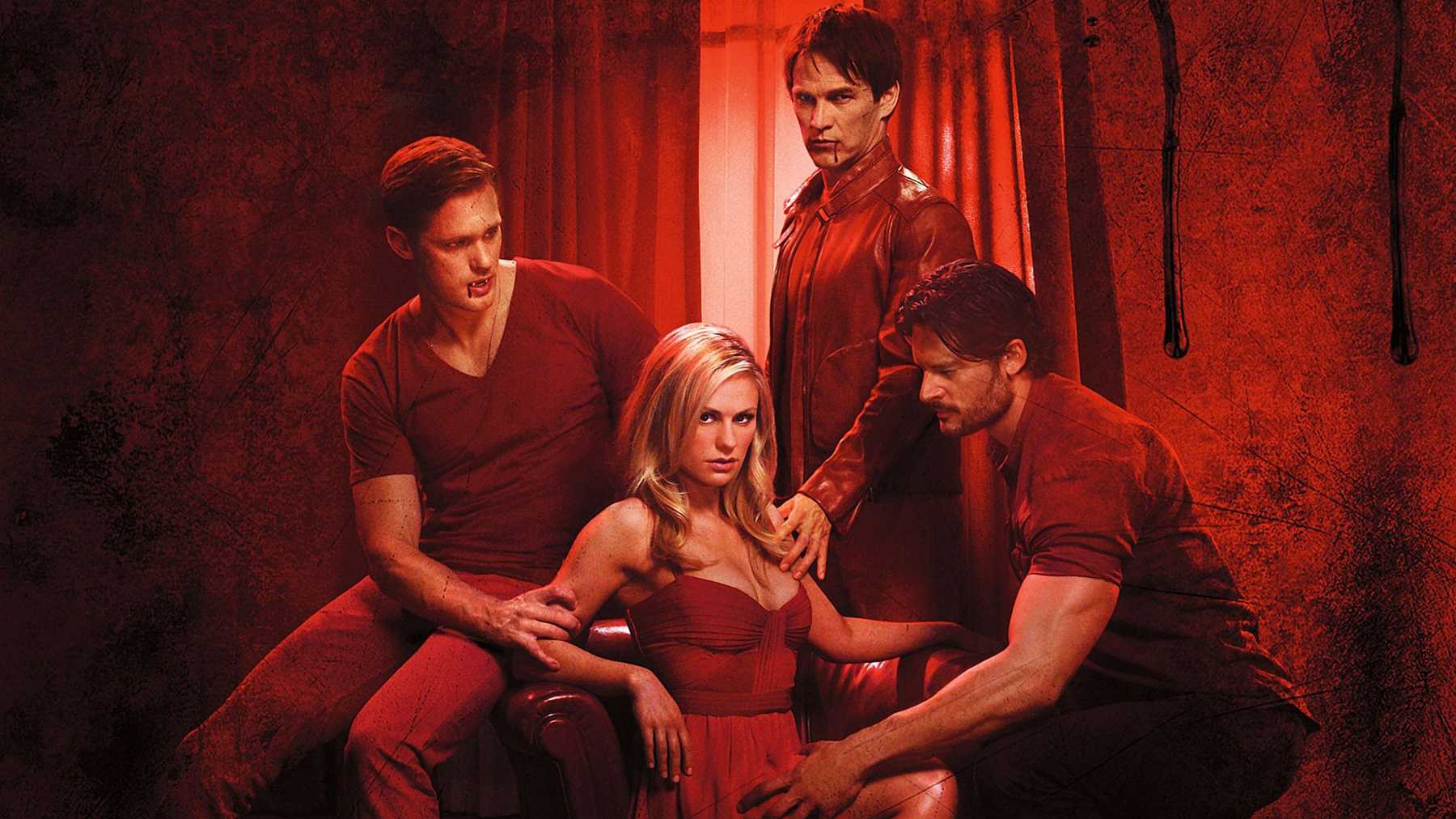 ‘TRUE BLOOD’ (2008-2014), ©HBO/HOME BOX OFFICE
‘TRUE BLOOD’ (2008-2014), ©HBO/HOME BOX OFFICE
While most vampires follow the usual ‘sexy predator’ trope, there are some who stand out as multifaceted and intensely human, and a few who are truly unforgettable, savagely fun and interesting.
Ultimately, there is one change from the ancient vampers to the present-day fangers that stands out and is key to a show or a feature film’s success: they no longer take themselves too seriously. Yes, they are fierce and lethal and gory, able to tear one’s throat open for a mere sip, yet at the same time they manage to appear vulnerable, in some cases even silly, but always riding that wave of immortality better than their predecessors ever could. I, for one, appreciate the modern vampire more because it lives past the otherwise unavoidable tragedy of death and the end of things.
It lives past everything, and it asks the most daring question of all: what does forever look like?
Jules R. Simion
Jules is a writer, screenwriter, and lover of all things cinematic. She has spent most of her adult life crafting stories and watching films, both feature-length and shorts. Jules enjoys peeling away at the layers of each production, from screenplay to post-production, in order to reveal what truly makes the story work.
Vampires: A Compendium of Bloodsuckers, Volume 1
For as long as people have told stories, there have been vampires in our folklore: in orally…
ASMAC Welcomes Composer Michael Giacchino to Discuss His First Solo Album, ‘Travelogue: Volume 1’
On Saturday, 7 November, 2020, at 8:00 PM GMT/3 PM EST, The American Society of Music Arrangers and…
Dracula and the Return of Real Vampires
Ever since we could walk upright and huddled around the fire for warmth and safety, mankind has…
Don't miss out
Cinematic stories delivered straight to your inbox.
Ridiculously Effective PR & Marketing
Wolkh is a full-service creative agency specialising in PR, Marketing and Branding for Film, TV, Interactive Entertainment and Performing Arts.
